Perched high above the Thessalian plains, the Meteora monasteries in Greece are among the most surreal and awe-inspiring sights in Europe. The name “Meteora” means “suspended in air,” which perfectly describes the towering sandstone pillars that hold centuries-old monasteries at their peaks. Greece Meteora Monastery Hillwalks.
Located in central Greece, near the town of Kalambaka, Meteora is a UNESCO World Heritage Site and a spiritual and historical treasure. While many visit by bus or car, the best way to truly experience Meteora’s magic is on foot. The network of hillwalks and hiking trails weaves through forested paths, stone steps, and rocky cliffs, offering peaceful routes between the monasteries and panoramic views over the landscape.
These hillwalks are popular with nature lovers, cultural travelers, photographers, and hikers alike. Walking Meteora is not just a trek—it’s a journey through history, geology, and Greek Orthodox tradition.
Best Time to Visit
Spring (April to June) and fall (September to early November) are ideal for Meteora walks. During these seasons:
- Temperatures are mild and comfortable.
- Trails are less crowded than in summer.
- Wildflowers bloom in spring; autumn brings golden colors.
July and August are hotter and busier. While still walkable, midday temperatures can be intense. Winter (December to February) is quieter and mystical, but weather can be cold or foggy, with some monastery access limited.
How to Reach Meteora
By air:
- Nearest major airport: Thessaloniki (SKG) or Athens (ATH).
- From either airport, travel by train or bus to Kalambaka.
By train:
- From Athens or Thessaloniki, take a direct train to Kalambaka. The journey takes around 4 to 5 hours and offers scenic views.
By road:
- Drive from Athens (approx. 4.5 hours) or Thessaloniki (about 3 hours).
- Roads are well-maintained, and parking is available near trailheads.
Kalambaka and the nearby village of Kastraki serve as base towns for all Meteora hikes.
Entry Fees and Permits
Walking the trails is free of charge, but entrance to the monasteries requires a small fee:
- Entry fee per monastery: Around €3 per person (subject to change).
- No special hiking permits are required.
Note:
- Some monasteries are closed one day a week on rotation.
- Modest dress is required to enter (long trousers for men, long skirts for women; shoulders covered). Greece Meteora Monastery Hillwalks.
Food Availability and Meal Options
- There are no food vendors on the trails or inside the monasteries.
- Bring your own snacks, sandwiches, and plenty of water.
- Local tavernas and cafés in Kalambaka and Kastraki offer traditional Greek dishes like souvlaki, moussaka, and fresh salads before or after your hike.
- Early risers may want to pack breakfast or buy from bakeries in town before heading out.
Packing List and Essentials
To enjoy your walk in Meteora comfortably and safely, bring:
- Comfortable walking or hiking shoes with grip
- Light backpack
- Refillable water bottle (1–2 liters)
- Sun protection: hat, sunglasses, sunscreen
- Weather-appropriate clothing (layers work best)
- Snacks or light packed lunch
- Camera or phone with offline maps
- Modest cover-up (for monastery access)
- Lightweight rain jacket (especially in spring/fall)
- Basic first-aid kit
Safety Tips and Local Regulations
- Trails are well-marked but can be rocky or steep—watch your footing, especially near edges.
- Avoid walking during midday heat in summer.
- Carry enough water—no water sources on the trails or in monasteries.
- Monasteries usually open around 9:00 AM and close in the early afternoon.
- Don’t attempt to climb off-path or scale rocks; climbing is only allowed in designated areas and with a guide.
- Take your trash back with you—keep trails clean and respectful.
Tips for Beginners or First-Time Visitors
- Start early in the day to avoid crowds and heat.
- Use Kalambaka or Kastraki as your base—most trails start nearby.
- The “Holy Trinity Monastery” and “Great Meteoron” are among the most impressive and worth the climb.
- For an easier route, try the footpath from Kastraki to the Holy Monastery of St. Nicholas Anapausas.
- For longer walks, explore the loop trail connecting multiple monasteries.
- Download offline trail maps or carry a printed version—some areas have limited mobile coverage.
- Allocate at least 2 full days to explore multiple monasteries without rushing.
Local Customs and Cultural Etiquette
- Greet locals with a polite “Kalimera” (good morning).
- Inside monasteries, maintain silence and respectful behavior.
- Photography is allowed outside, but often restricted indoors—check signs.
- Dress modestly and follow all posted monastery guidelines.
- Avoid loud talking or playing music on trails—it’s a spiritual area as well as a tourist site.
FAQ: Meteora Monastery Hillwalks
Q1: How long is the average Meteora hillwalk?
A: Walks can range from 1.5 to 6 kilometers depending on your route. Many trails connect multiple monasteries and can be completed in 2 to 5 hours.
Q2: What is the difficulty level?
A: Most trails are moderate, with stone steps, gradual climbs, and some uneven surfaces. Basic fitness is enough for most visitors.
Q3: What is the altitude of Meteora?
A: The rock formations rise around 400 to 600 meters (1,300 to 2,000 feet) above sea level. No altitude acclimatization is needed. Greece Meteora Monastery Hillwalks.
Q4: Are restrooms available during the walk?
A: Restrooms are only available inside the monasteries or in nearby villages. Plan accordingly.
Q5: Can children or seniors do the walk?
A: Yes, many paths are suitable for families and older visitors. However, the steps to some monasteries can be steep.
Q6: Do I need a guide?
A: A guide is not required, but guided tours can offer insight into the history and culture. For self-guided treks, maps are enough.
Q7: Can I visit all monasteries in one day?
A: It’s possible, but rushed. Better to choose 3–4 in one day, then continue the next if time allows.
Q8: Is the site wheelchair accessible?
A: Unfortunately, due to stairs and rugged terrain, most areas are not wheelchair accessible.
Q9: Are drones allowed?
A: Drones are strictly prohibited in Meteora due to its religious significance and safety concerns.
Q10: Is camping allowed?
A: No. Wild camping is not permitted in Meteora. Accommodation is available in Kalambaka and Kastraki.
Final Thoughts
Meteora’s hillwalks offer a rare combination of natural beauty, history, and spiritual reflection. Whether you’re walking between monasteries, stopping for panoramic views, or simply enjoying the quiet of the hills, Meteora provides an experience that stays with you long after your hike ends. It’s a destination where the journey truly is the reward. Greece Meteora Monastery Hillwalks.
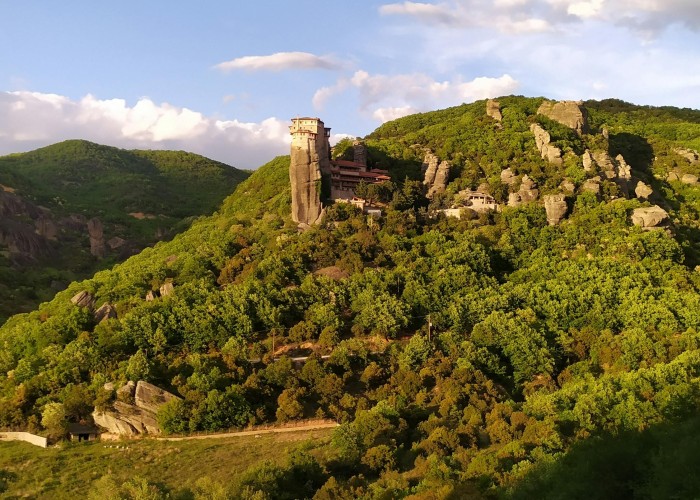
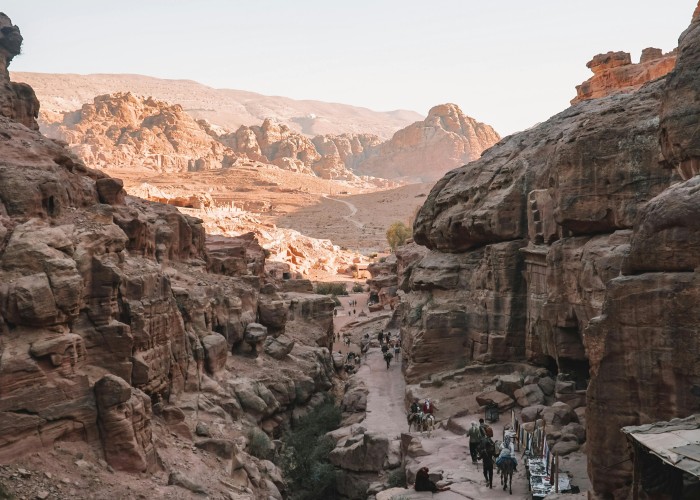
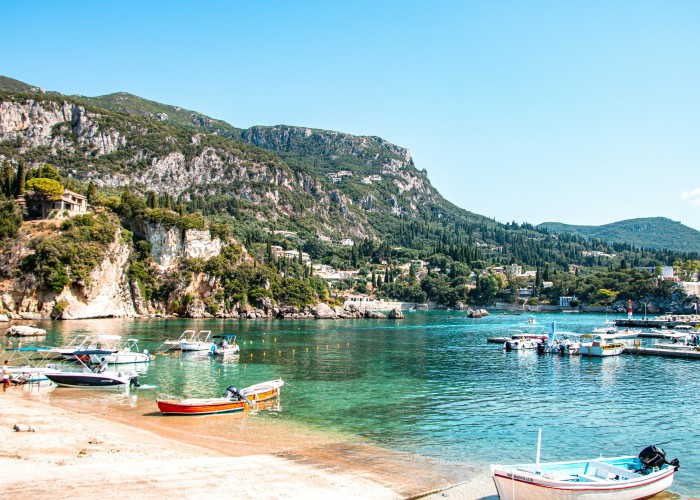
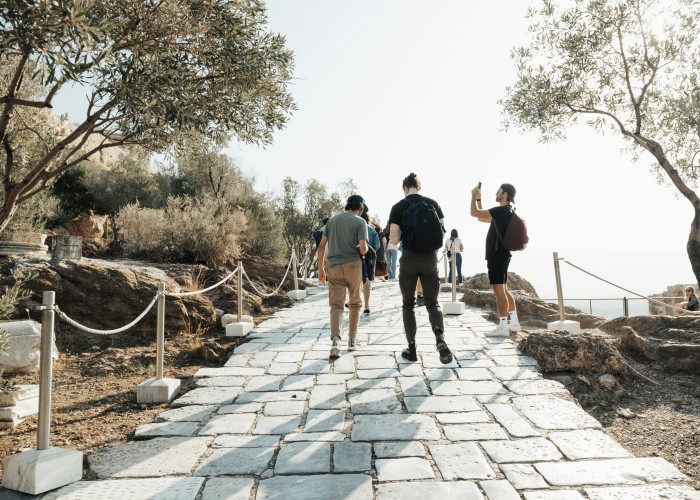
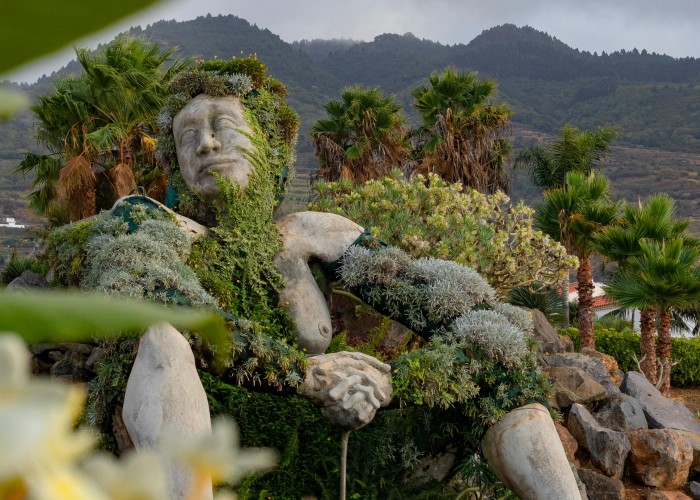
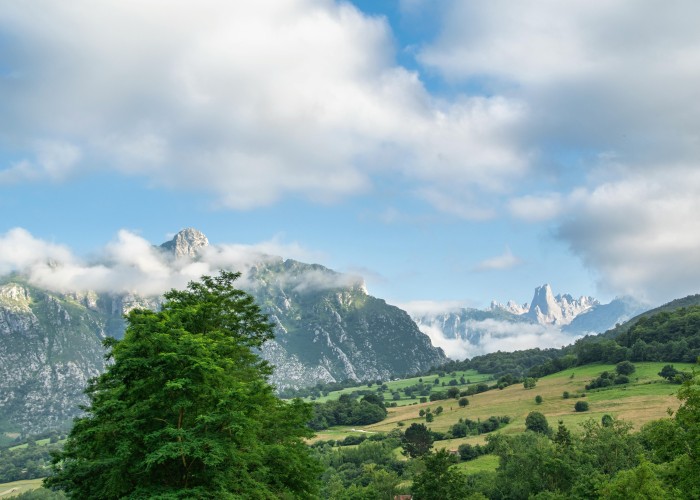
Leave a Reply